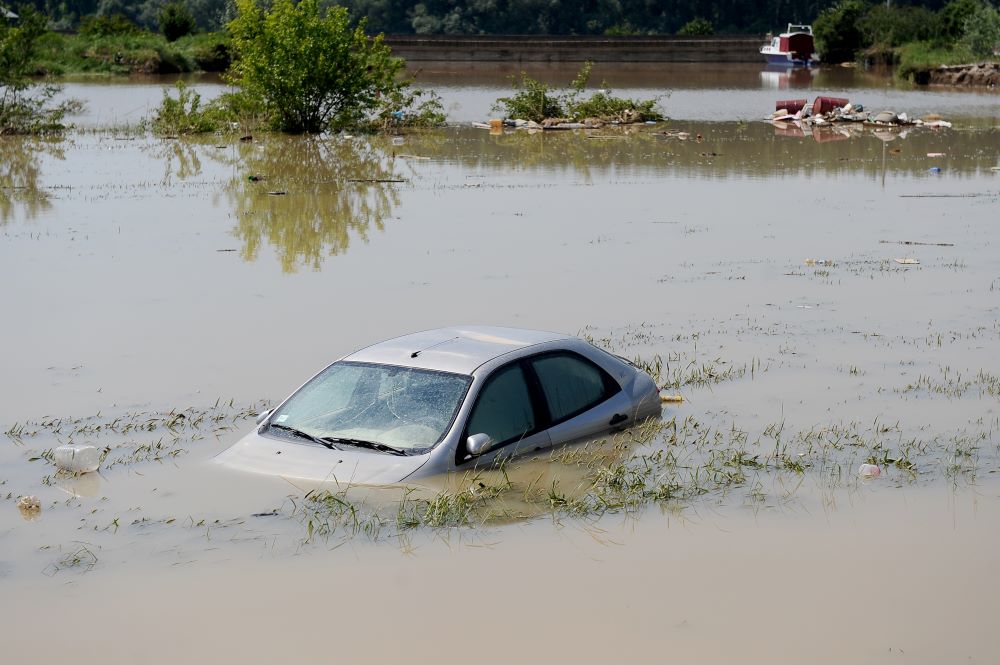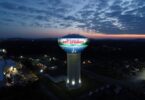Given the recent deluge that has hit Los Angeles County, residents have become increasingly curious about the robustness of our local infrastructure—specifically, the sewerage system that serves over five million people. While Long Beach streets lay submerged and floods inundate roads, the sewage system, managed by the Los Angeles County Sanitation Districts, faced its own stormy challenge.
The Unseen Battles Below Our Streets
The Districts oversee a vast regional sewer network that channels to treatment plants strewn across the County. Unlike the stormwater system designed primarily for flood control, the sewers harbor our domestic and industrial waste. When skies open up fiercely as they recently did, questions arise: can our sewerage system withstand the wrath of nature?
Remarkably, even as vehicles lay stranded on Willow Street and the Terminal Island Freeway, and floodwaters swallowed thoroughfares whole, the sewer system—apart from temporary glitches—largely held its ground.
The Overload and the Response
As storm sewers dealt with unprecedented volumes of runoff, floodwaters found their way into the sewage system through manhole covers sitting under waterlogged roads. The result—overflows at 10 locations. However, these overflows were transient. As rainfall receded, so did the extraordinary inflow, and normalcy resumed.
These incidents weren’t indicative of decaying infrastructure or neglect; rather, they showcased a system pushed to its limits but resilient enough to recover rapidly. Treatment plants labored overtime—with the Warren Water Resource Facility treating well over double its usual volume, majorly due to stormwater.
A Wake-up Call and Future Proofs
Chief Engineer and General Manager Robert Ferrante acknowledged the event’s gravity and the pledge towards zero overflows. The aftermath has spurred a concerted effort—bolstered by a recent $11 million investment in flow sensors—to scrutinize the data, identify frailties, and coordinate seamlessly with cities and the county for enhanced rainwater management.
“Our goal is to have zero sewer overflows and we are disappointed that the recent overflows occurred… we will redouble our efforts… to minimize rain getting into the sewer system,” asserts Ferrante.
A testament to such dedication is the sheer volume of sewage and stormwater treated during these storms, revealing robust existing treatment capabilities and laying down a marker for ongoing infrastructural resilience.
The Warren Water Resource Facility treats millions of gallons of sewage daily.
The Sanitation Districts embody a forward-thinking approach, serving both wastewater and solid waste management demands. The essence of their mission: to safeguard public health and the environment. In doing so, wastes metamorphose into actionable resources—recycled water, green energy, and repurposed materials—a circular economy model at its most innovative.
Conclusion
While the recent record-setting rains tested the limits of our water management systems, the results spoke volumes about the planning, technology, and adaptability that underlie our sewerage framework. It’s a silent system rarely acknowledged, but one that is every bit as essential as the roads and bridges that crisscross our landscapes. As climate patterns evolve and extreme weather events become more commonplace, Los Angeles County assures its residents that it not just understands the assignments but is already implementing lessons learned for a more weather-resilient tomorrow.
“In the aftermath of this huge storm, we will redouble our efforts in working with our member cities and the County to minimize rain getting into the sewer system.” – Robert Ferrante, Chief Engineer and General Manager
It’s with this proactive stance and collaborative spirit that L.A.’s least seen yet most critical infrastructure faces future storms head-on, proving that, while severe weather may bend its backbone, it takes far more to break it.








